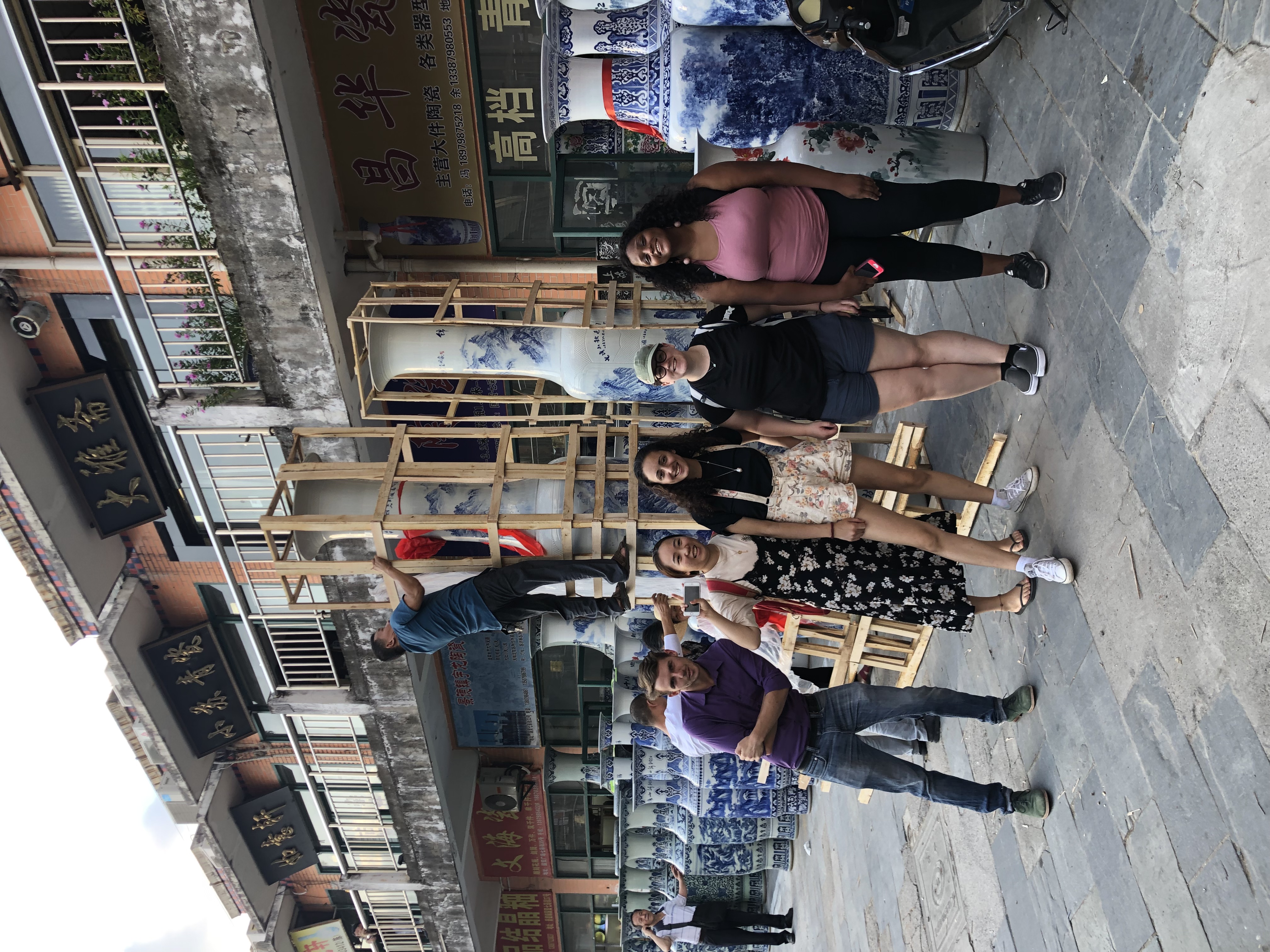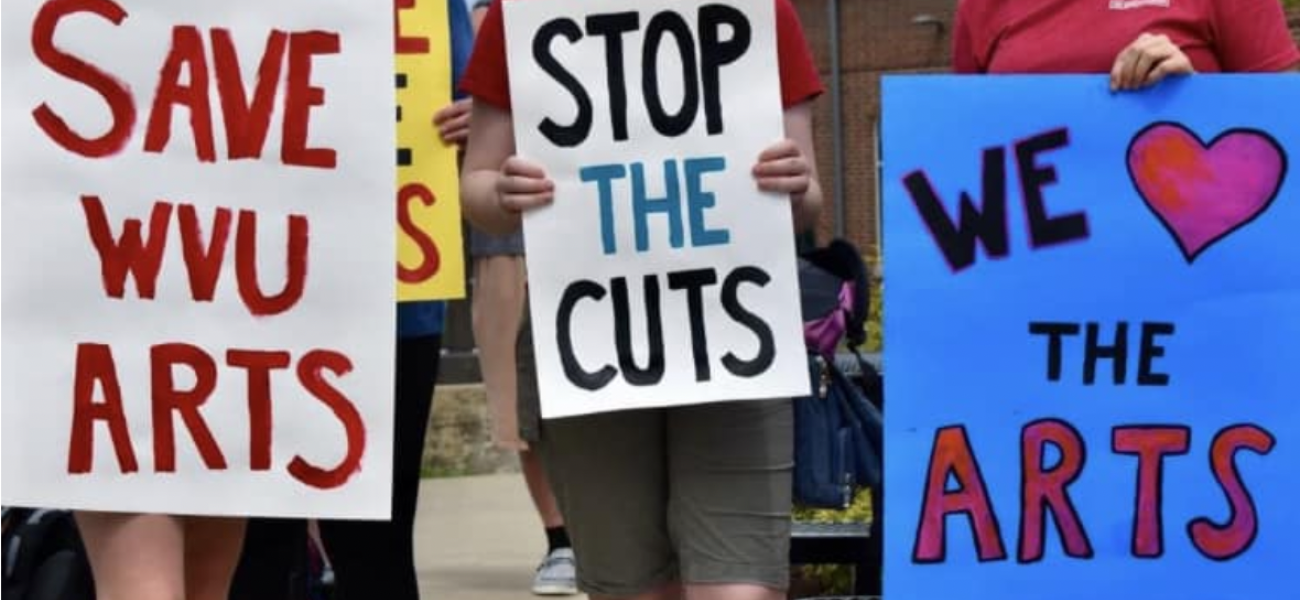By now, you may have heard or seen the news about the massive cuts at West Virginia University. I fear this is symptomatic of greater underlying issues attacking the arts nationwide. I’m convinced what is happening at WVU is the beginning. As the news broke nationally, I heard from many friends and colleagues that their universities and colleges are in a similar predicament of "academic transformation". The proposed cuts to thirty-two undergraduate and graduate programs at West Virginia University (WVU), nine percent of majors, and sixteen percent of full-time faculty (169+ full-time faculty positions slated for termination) have focused mostly on the humanities, liberal arts, and creative arts. They recommended that ceramics, printmaking, and sculpture be eliminated as areas and that art history be discontinued. These draconian cuts will affect all our schools in art, music, and theater, as well as other valuable programs at the university.
 Ceramics plays an important role in art, culture, and civilization. In ceramics' 30,000+ years of continuous history, it is one of the few things that humans have ever invented that is truly archival. Ceramics tells the story of who we are and is an intangible part of human culture. Ceramics allows us to connect with our past, present, and future. Without going into much detail, in addition to what we normally think of as art school lessons in theory and art history, I’ve applied my learnings in chemistry, math, geology, critical thinking, critical writing, archeology, anthropology, engineering, construction, programming, etc. in my teaching and studio practice.
Ceramics plays an important role in art, culture, and civilization. In ceramics' 30,000+ years of continuous history, it is one of the few things that humans have ever invented that is truly archival. Ceramics tells the story of who we are and is an intangible part of human culture. Ceramics allows us to connect with our past, present, and future. Without going into much detail, in addition to what we normally think of as art school lessons in theory and art history, I’ve applied my learnings in chemistry, math, geology, critical thinking, critical writing, archeology, anthropology, engineering, construction, programming, etc. in my teaching and studio practice.
Morgantown, where I teach and call home, was founded as a pottery town. It was one of the earliest post-colonial potteries west of Appalachia. Founded in 1785 by John Scott, Jacob Foulk, John Thompson, and Francis Billingsley, Morgantown was a major pottery center in the Monongahela Valley, producing salt-fired crockery. These grey-ware, cobalt-slipped, and salt-fired crocks were created in towns like Morgantown, New Geneva, Greensboro, etc., mimicking the blue and white porcelain from China, and shipped upriver on stern wheelers, like the ones piloted by a young Samuel Clemens who learned to captain in our area, to Pittsburgh and then down the Ohio River to towns like Cincinnati, Louisville, and down the Mississippi as far away as New Orleans.

